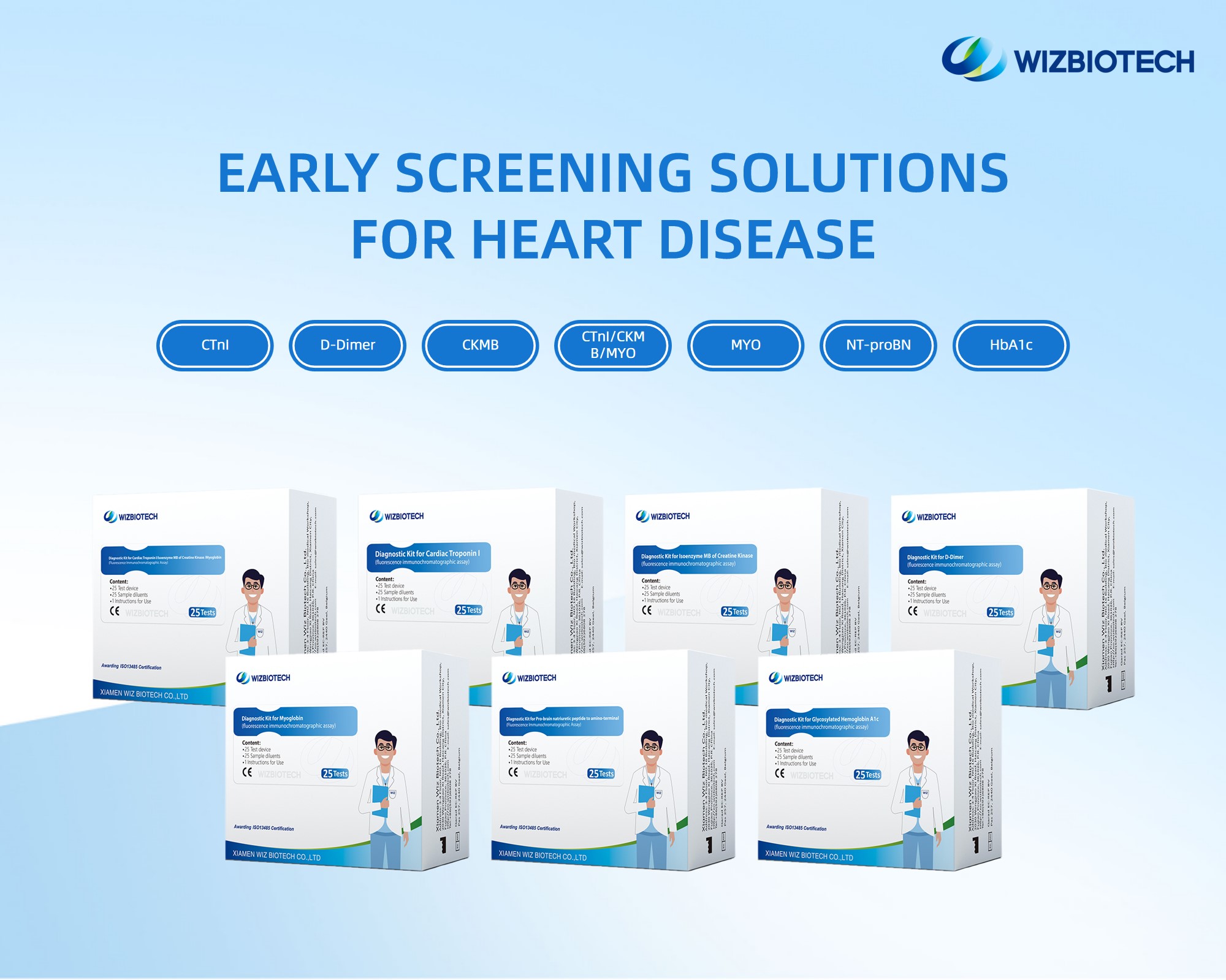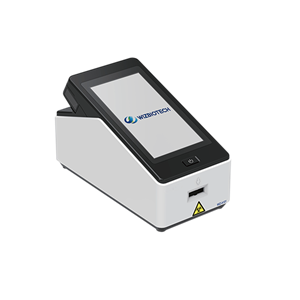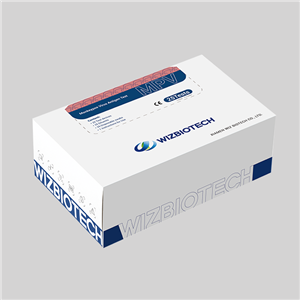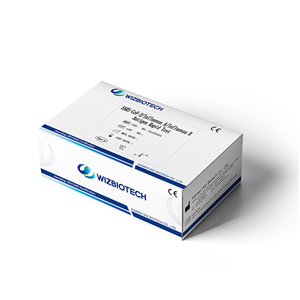What if I have a cardiac arrest?
Chinese badminton player Zhang Zhijie, 17, died on June 30 after collapsing during the 2024 Asian Youth Championships in Indonesia. According to hospital treatment and examination results, Zhang Zhijie died of sudden cardiac arrest.
Cardiac arrest is when the heart suddenly stops its normal pumping function, leading to an interruption of blood circulation throughout the body, which can lead to death within minutes if not treated in time. Cardiac arrest usually occurs suddenly, but there may be signs such as chest tightness or discomfort, shortness of breath, fainting, extreme fatigue, nausea or vomiting, and cold sweats. The typical symptoms after cardiac arrest are loss of consciousness, cessation of breathing or extremely weak, and loss of pulse.
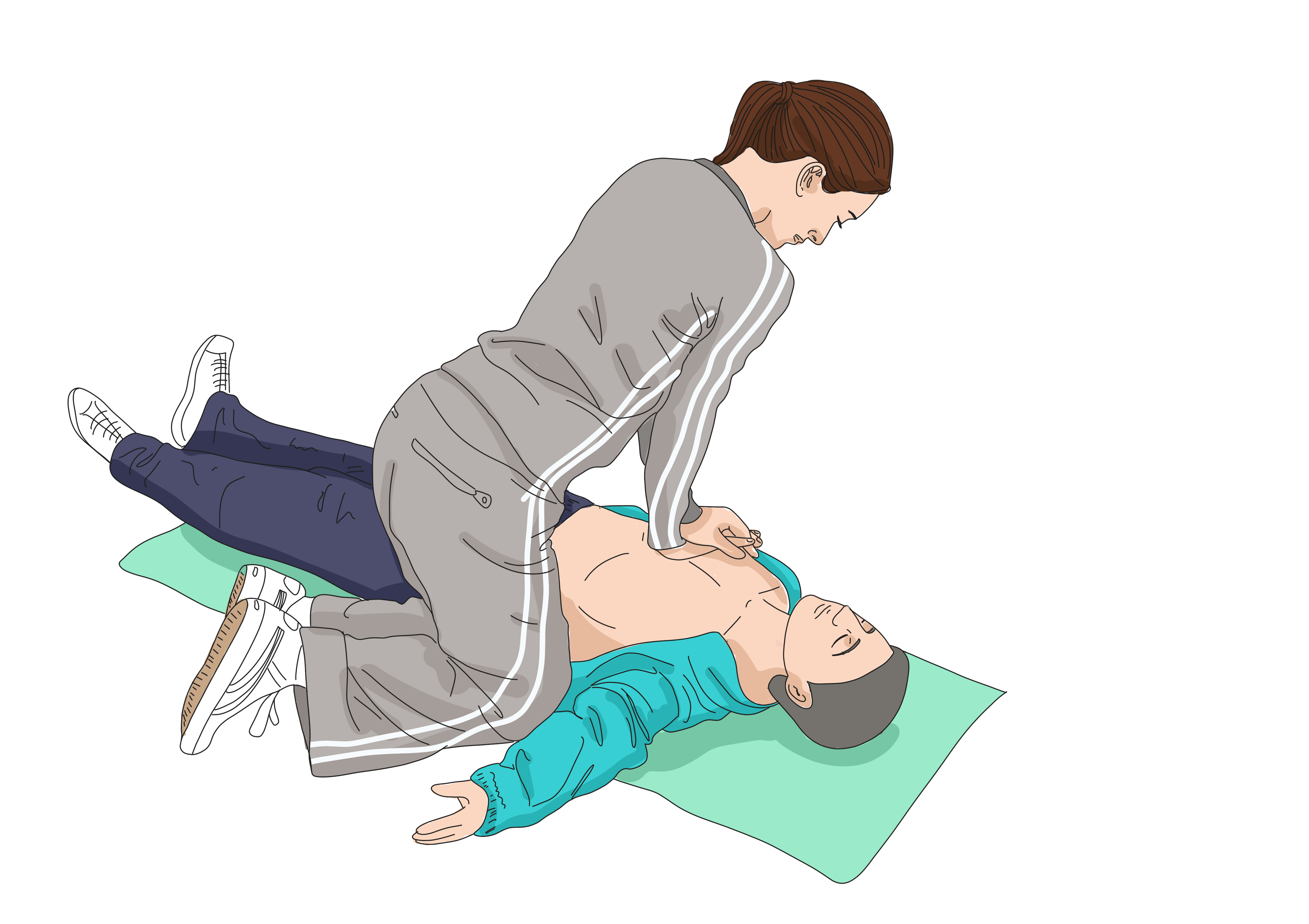
Cardiac arrest gold rescue for 4 minutes
Cardiac arrest needs to grasp the golden rescue 4 minutes, through timely cardiopulmonary resuscitation and the use of automatic external defibrillator can greatly improve the survival rate of patients. The damage to the body after cardiac arrest is measured in seconds and is irreversible. Once it occurs, one second late may bring memory loss, slow reaction and other sequelae, every minute delayed rescue, the survival rate of patients will show a cliff decline. However, in the first four minutes after a cardiac arrest, emergency vehicles are usually unable to reach the patient in time, and it is up to the people around the patient to help through CPR.
How to perform CPR?
Ordinary people in the encounter of cardiac arrest, first of all, should call the emergency number in time, accurately inform the location of the medical staff; Secondly, there are six points to determine whether a patient has had a cardiac arrest:
(1) Sudden loss of consciousness, fall to the ground, may be accompanied by systemic, spastic convulsions, bilateral eyeballs hanging, fixed;
(2) wheezing respiration, followed by respiratory arrest;
(3) carotid artery pulsation disappeared;
(4) heart sounds disappear;
(5) Skin, mucous membranes (lips, face, nail bed) bluish, pale or mottled;
(6)Bilateral eyeballs are fixed, pupils are dilated, and light reflection disappears.
If any of these conditions occur, CPR should be performed immediately.
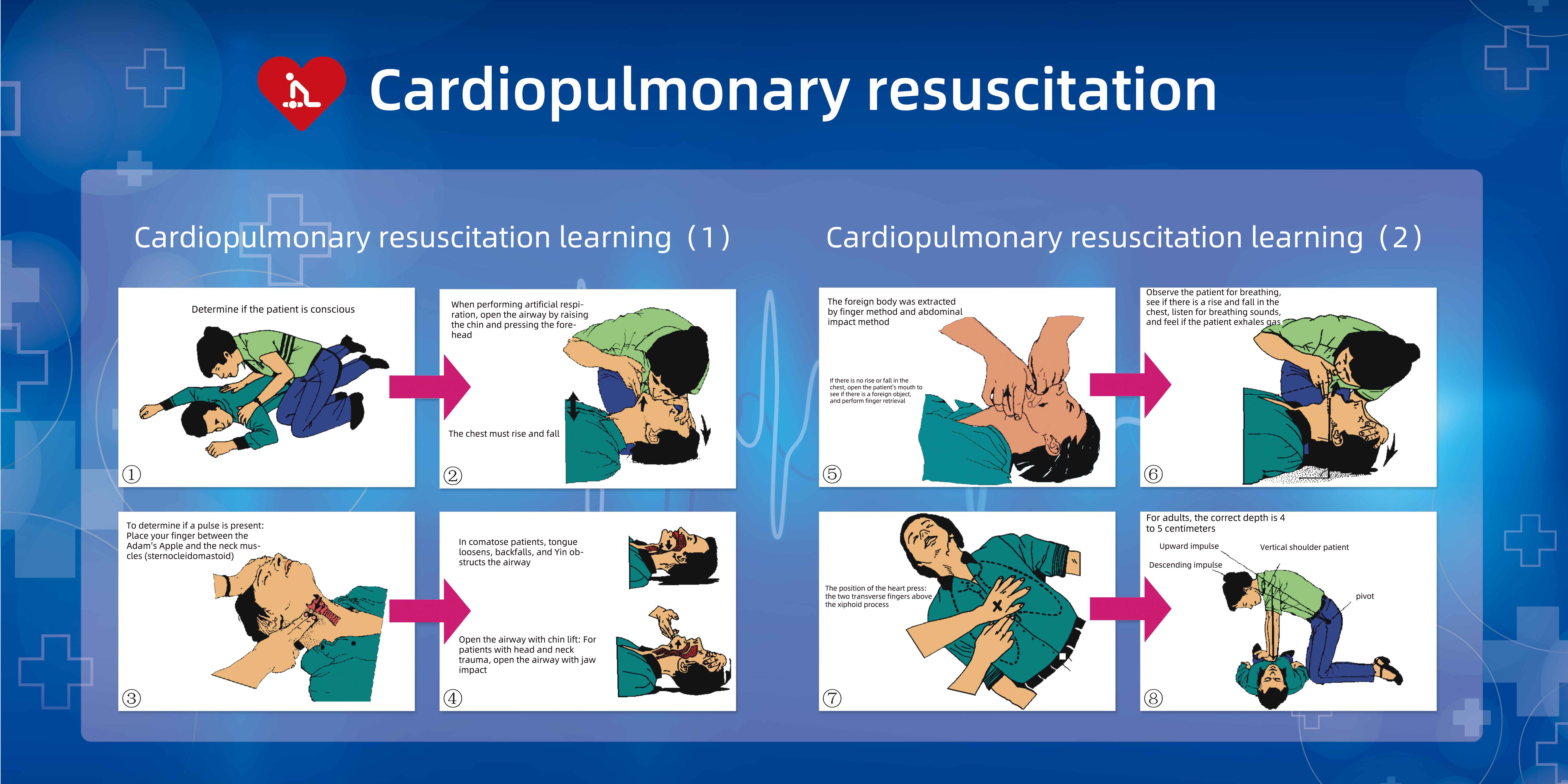
Cardiac arrest. Prevention is key
Sudden cardiac arrest, a type of sudden cardiac death. According to statistics, only 50% of cardiac arrests are witnessed, and when there are no witnesses around the victim of cardiac arrest, it is impossible to effectively save them. Therefore, at the group level, it is too late to save lives through treatment after sudden cardiac death, and the key to reducing sudden cardiac death is the effectiveness of prevention and treatment of sudden cardiac death.
Cardiac arrest often occurs in patients with some underlying organic heart disease, most notably coronary heart disease (coronary heart disease), which accounts for 70% of all cardiac arrests. In patients with coronary heart disease, cardiac arrest can be seen both during acute coronary syndromes (ACS) and in patients with chronic stable coronary heart disease. Patients with chronic coronary heart disease often have pre-existing heart muscle damage and scarring of the heart muscle that may induce cardiac arrest.
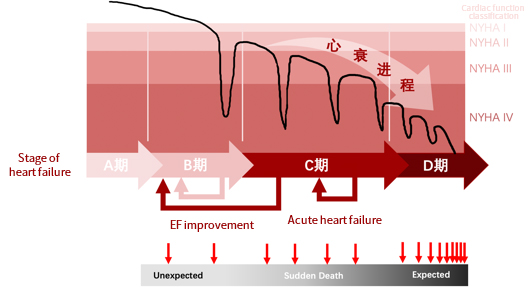
The course of heart failure is associated with the incidence of sudden cardiac death: As heart failure progresses from the early stage (stage A, B, or NYHA II) to the middle and end stage (stage C, D, or NYHA III, IV), the incidence and probability of sudden death are increasing (red arrows below indicate the frequency of sudden death).
Heart failure is also a relatively common cause of sudden cardiac arrest. Between 30% and 50% of deaths in patients with heart failure are caused by cardiac arrest, and the incidence of cardiac arrest increases during exacerbations of heart failure symptoms. Cardiac arrest is five times more common in patients with heart failure than in patients without heart failure, and the absolute risk for women is one-third that of men. In addition, other organic heart diseases, such as left ventricular hypertrophy, myocarditis, hypertrophic cardiomyopathy, arrhythmogenic right ventricular cardiomyopathy, congenital coronary artery abnormalities, mitral valve prolapse, and non-organic heart diseases, such as Brugada syndrome, unexplained familial sudden cardiac death, cardiac shock, etc., can cause cardiac arrest.
Based on the possibility of cardiac arrest in all kinds of heart diseases, according to the guidelines for prevention and treatment of cardiovascular diseases, prevention is a generally accepted and applied measure for high-risk groups who have not experienced sudden cardiac death. For the general population without known cardiovascular disease, the guidelines recommend screening for risk factors for cardiovascular disease, screening for coronary heart disease in some patients, as appropriate, and reducing the likelihood of cardiac arrest through a healthy diet and regular living. Patients with ischemic heart disease are at increased risk of cardiac arrest, especially those with a history of myocardial infarction. Methods to prevent cardiac arrest in these patients: ① Standard drug therapy. β-blockers and angiotensin-converting enzyme inhibitors reduce overall mortality after myocardial infarction and can be used routinely. These drugs may also reduce the incidence of sudden cardiac death. Risk stratification should be performed to identify patients with the highest risk of cardiac arrest. ③ ICDs were implanted in selected patients. Patients with heart failure, cardiomyopathy, and congenital conditions associated with an increased risk of cardiac arrest may be considered for an ICD to prevent cardiac arrest.
Until then, it has been more critical to detect heart-related diseases early. Wizbiotech's Early Screening solution for Heart disease prevention, Myocardial troponin I assay kit (fluorescence immunochromatography), D-dimer assay kit (fluorescence immunochromatography), creatine kinase isoenzyme MB assay kit were provided (Fluorescence immunochromatography), troponin I/ creatine kinase isoenzyme/myoglobin assay kit (fluorescence immunochromatography), myoglobin assay kit (fluorescence immunochromatography), N-terminal brain natriuretic peptide precursor assay kit (fluorescence immunochromatography) and glycosylated hemoglobin assay kit (fluorescence immunochromatography), It can help screen patients with diabetic cardiomyopathy, heart failure, and heart attack. These tests can produce results in 10-15 minutes, and the detection method is accurate and convenient, which can detect the risk of heart disease in advance, provide patients with earlier intervention and treatment opportunities, and reduce the incidence and mortality of heart disease.
At present, these products have been sold to Germany, Italy, Spain, Finland, the Netherlands and other countries, by many customer partners trust, and get long-term cooperation, welcome more interested customer partners, contact us to order.
